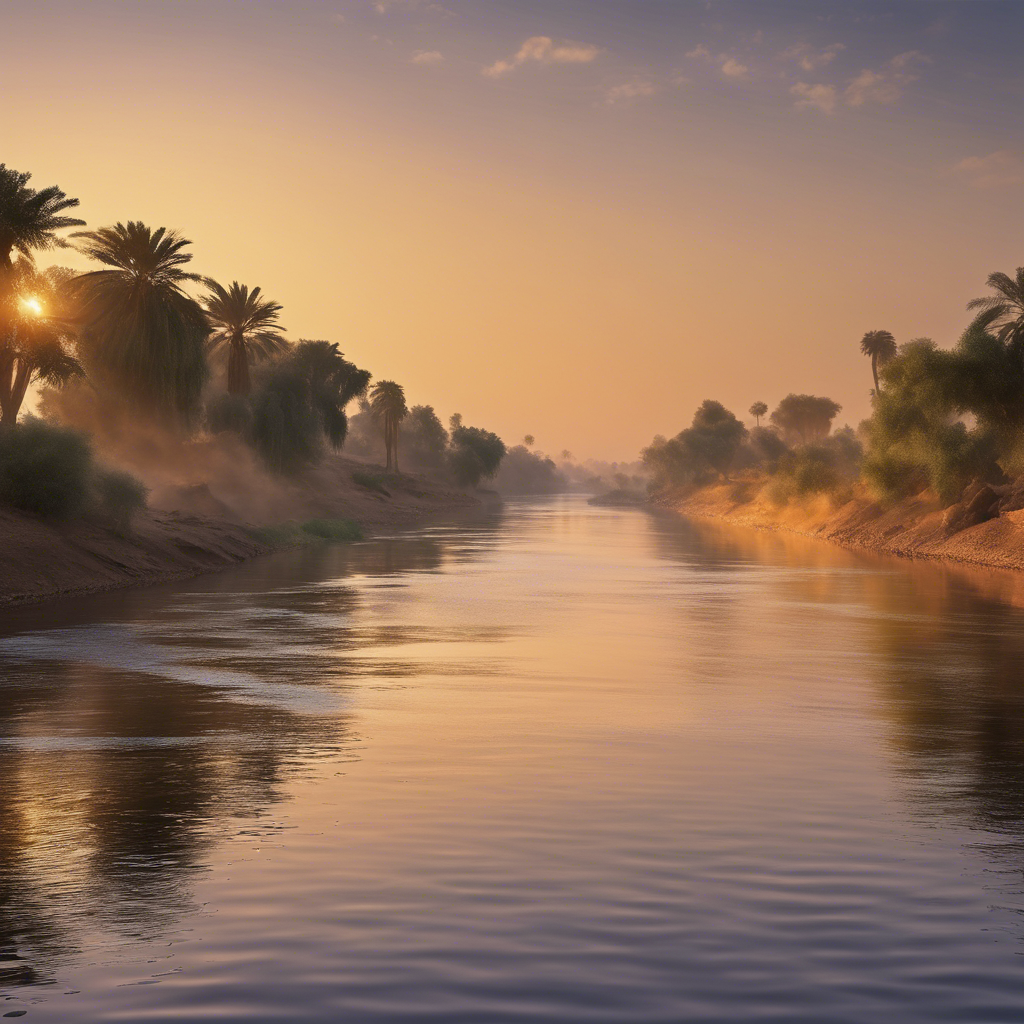What is the world’s longest river?
The Longest River on Earth: A Wondrous Natural Marvel
The world’s longest river is a source of fascination and awe for people around the globe. Stretching over 4,000 miles, it is a lifeline for millions of people, supporting agriculture, industry, and a rich variety of wildlife. In this article, we will explore the characteristics and features of the world’s longest river, as well as its importance to human societies and the environment.
Identifying the World’s Longest River
For many years, there has been some debate about which river holds the record for the longest in the world. Historically, the Nile River was considered the longest, but in recent years, the Amazon River has also been a contender for the top spot. However, according to most geographers and river experts, the title of the world’s longest river belongs to the Nile.
- Length: approximately 4,160 miles (6,670 kilometers) long
- Source: Lake Victoria in Tanzania
- Mouth: the Mediterranean Sea in Egypt
- Flow rate: around 1,584,000 gallons per second
Importance to Human Societies
The Nile River has been the lifeblood of human civilizations for thousands of years. Here are some ways in which the Nile has supported human societies:
- Agriculture: The Nile’s annual flooding brought nutrient-rich silt that supported agriculture, allowing the ancient Egyptians to farm and feed large populations.
- Drinking water: The Nile has provided drinking water for millions of people, from ancient civilizations to modern-day cities.
- Energy production: Hydroelectric dams along the Nile generate electricity for homes, businesses, and industries.
- Recreation and tourism: The Nile supports a thriving tourism industry, with boat cruises, fishing, and other water sports.
Environmental Significance
The Nile River also plays a vital role in maintaining the health of the environment and supporting biodiversity. Here are some ways in which the Nile benefits the environment:
- Supports wildlife habitats: The Nile supports a wide range of wildlife habitats, including wetlands, forests, and grasslands.
- Maintains water quality: The Nile’s flow helps to maintain water quality by flushing out pollutants and sediment.
- Regulates climate: The Nile’s flow regulates the local climate by influencing temperature and precipitation patterns.
Conclusion
The world’s longest river, the Nile, is a natural marvel that has been supporting human societies and the environment for thousands of years. Its length, flow rate, and annual flooding have made it an essential component of life on Earth, providing drinking water, supporting agriculture, and supporting biodiversity. As we continue to learn more about this incredible river, we are also reminded of the importance of protecting and conserving our planet’s natural resources.














Post Comment